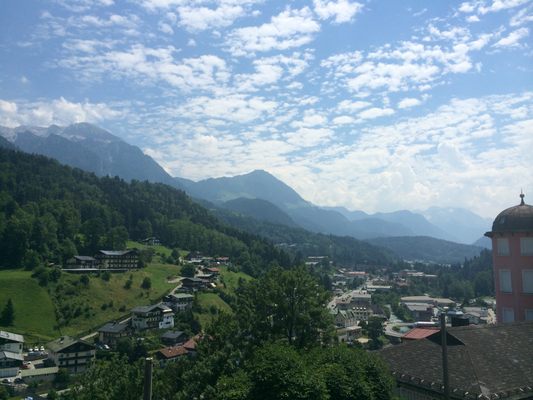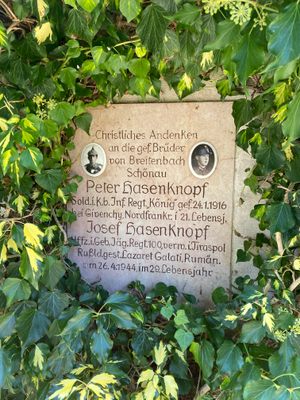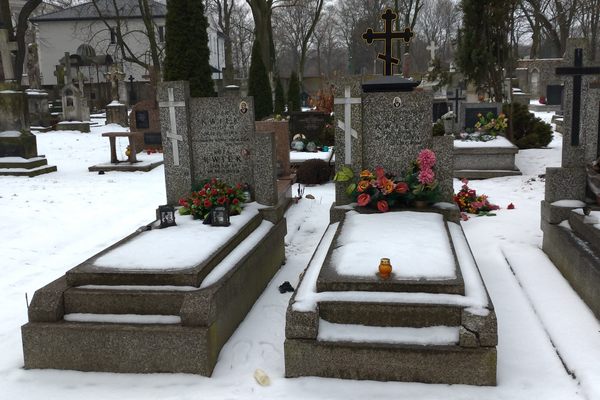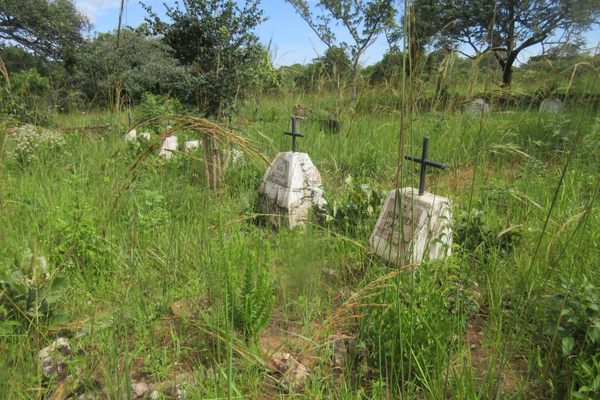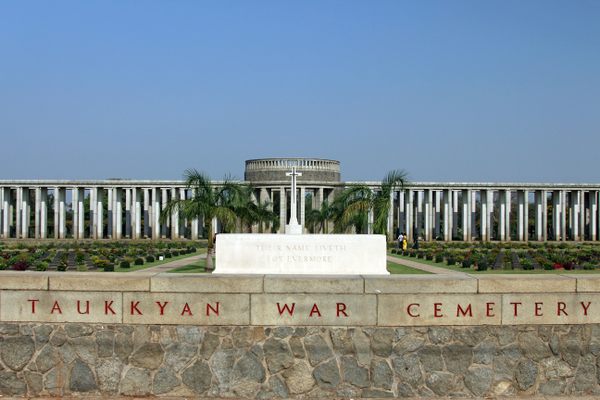About
All over Western Europe are countless cemeteries and monuments for those who died in the two World Wars. In Flanders alone, where the horrific conditions of the Western Front in the Great War took the lives of millions, there are over 170 Allied cemeteries, all immaculately preserved and maintained by the government funded Commonwealth Graves Commission.
What is noticeable however, is the scarcity of German graves. World War I cost Germany just under two million dead, while figures for World War II range somewhere between four and five million. Most died on foreign soil. The majority of these casualties ended up in either mass graves, or unmarked burial sites, simply nearby where they fell.
But how does the losing side in a war (especially one which is so reviled, and which was the aggressor in the conflicts) go about remembering and honoring their dead?
Throughout Germany, but especially prominent in the south, townsfolk with no physical remains of their loved ones to bury have added monuments and gravestones to existing cemeteries with the names listed as missing.
One such cemetery can be found in the old picturesque town of Berchtesgaden, located in the Bavarian Alps near the border with Austria. Secluded within a valley that has been virtually untouched for hundreds of years and surrounded by the Alps, the unspoiled beauty of the town lies in stark contrast to its most infamous part time resident, Adolf Hitler, who built a secret enclave high up the mountain for the inner circle of the Nazi party.
The cemetery itself is one of Berchtesgaden’s oldest, and belongs to a Franciscan church in the centre of town, dating from the 17th century. Embedded in the cemetery wall are countless grave markers to the missing soldiers of Berchtesgaden, almost all with a ceramic photograph, as well as their names, ages, and where they died.
Walking through the cemetery, the first overriding thought is of how many there are compared to the size of the town. It seems as if almost every family in Berchtesgaden had lost at least one, if not two, sons during World War II. A family named Lochner lost all three of theirs.
Looking at the inscriptions, most were killed in their early 20s, and fairly late in the war, from 1943 onwards. As for where they died, many of the empty grave markers invariably say Stalingrad, or Kaukasus. Others are not quite as specific, and merely say "In Russland." The majority however simply say "im Osten," or "in the East."
The brutal fighting that followed the invasion of Russia saw a staggering number of casualties on both the German and Russian sides. Neil Halloran’s astonishing animated documentary "The Fallen of World War II" poignantly shows the colossal numbers of those killed. The numbers are almost too great to fully comprehend.
As the Iron Curtain descended on Eastern Europe, the German War Graves Commission, the Volksbund, was cut off from accessing the old battle sites and mass graves of the Eastern Front. Whilst its Commonwealth counterpart benefits from government funding, the Volksbund largely depends on charitable donations. After the Cold War ended, the organization started the foreboding task of locating Germany’s long lost dead. Over the past two decades, just over 700,000 German soldiers have been found, identified and reburied, a number that increases by around 40,000 each year. Martin Dodenhoeft, the Volksbund’s Head of Communications says, “people are still looking for missing relatives today....many have given up hope. Maybe they don’t know that the commission can provide answers.” Even though the war ended 70 years ago, their online search database processes around 20,000 searches a month.
Back in Berchtesgaden’s peaceful cemetery, whilst their physical remains might not be present, the memory of the fallen is plain to see in the photographic portraits placed upon the graves. Printed on ceramic tiles, each were taken in full uniform, their faces youthful and happy. Walking through the cemetery, surrounded by the unspoiled beauty of the Alps, it is a moving experience that remembers the missing men of Berchtesgaden.
Related Tags
Community Contributors
Added By
Published
August 13, 2015
Sources
- http://www.nationalww2museum.org/learn/education/for-students/ww2-history/ww2-by-the-numbers/world-wide-deaths.html?referrer=https://www.google.com/
- https://en.wikipedia.org/wiki/German_War_Graves_Commission
- http://www.greatwar.co.uk/ypres-salient/cemetery-langemark.htm
- http://www.history.com/news/seven-decades-after-world-war-ii-the-search-for-germanys-war-dead-continues
- http://www.spiegel.de/international/germany/germany-tracing-its-war-dead-from-world-war-ii-a-832063.html
- http://www.volksbund.de/en/volksbund.html














